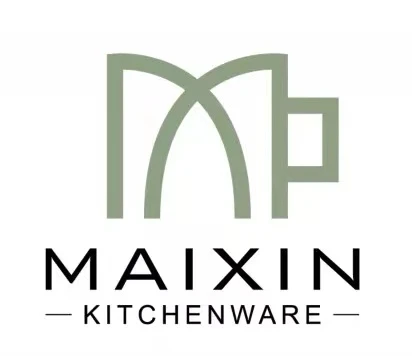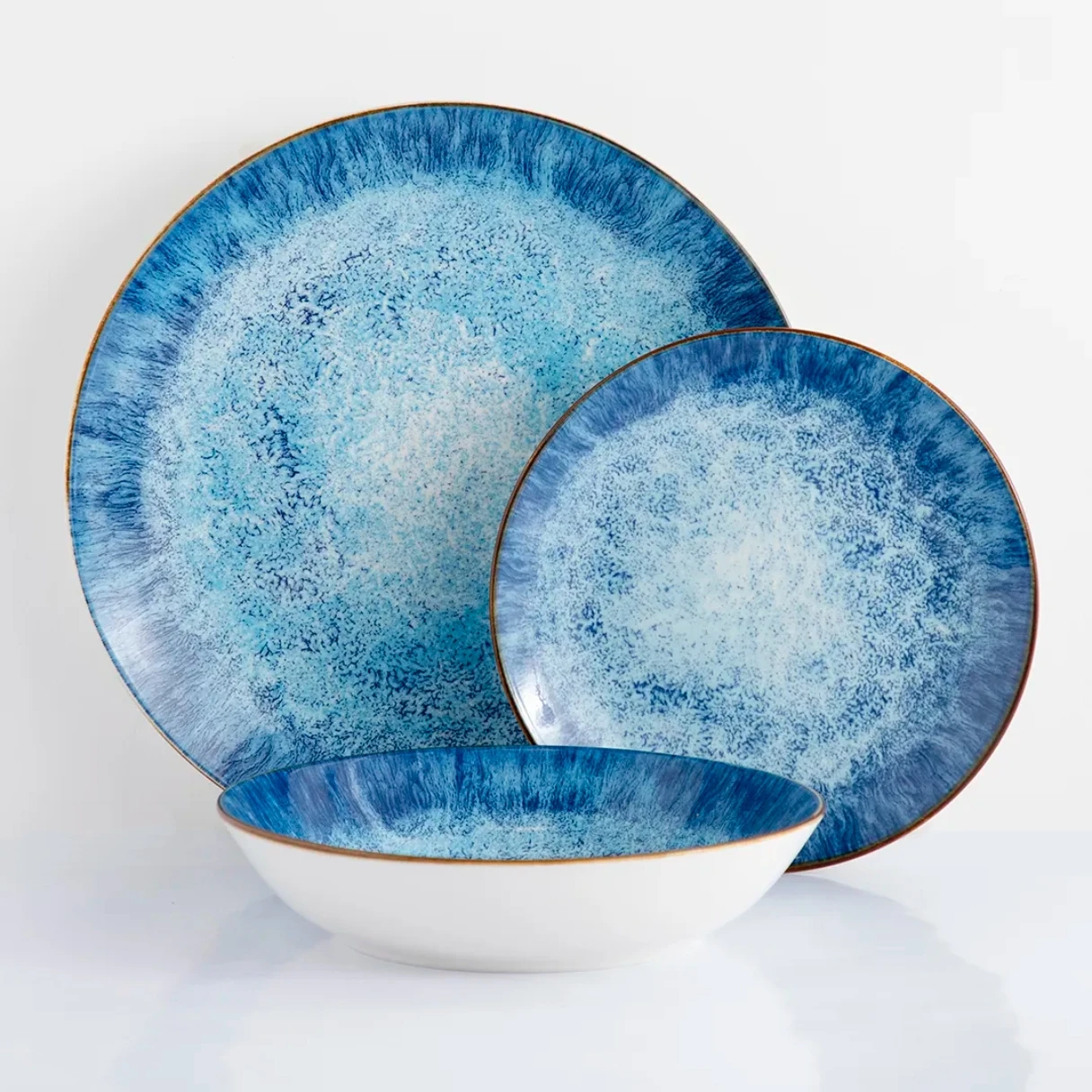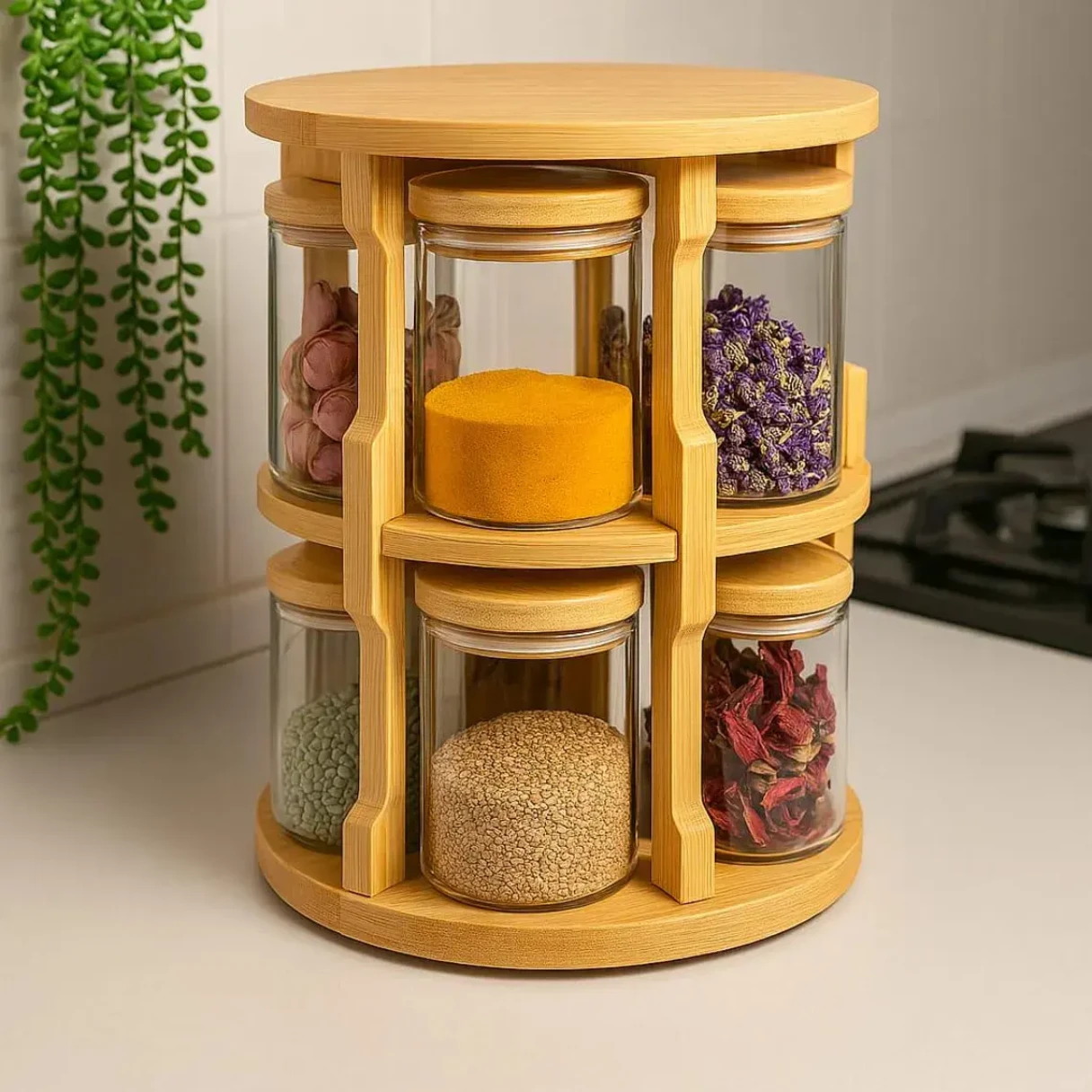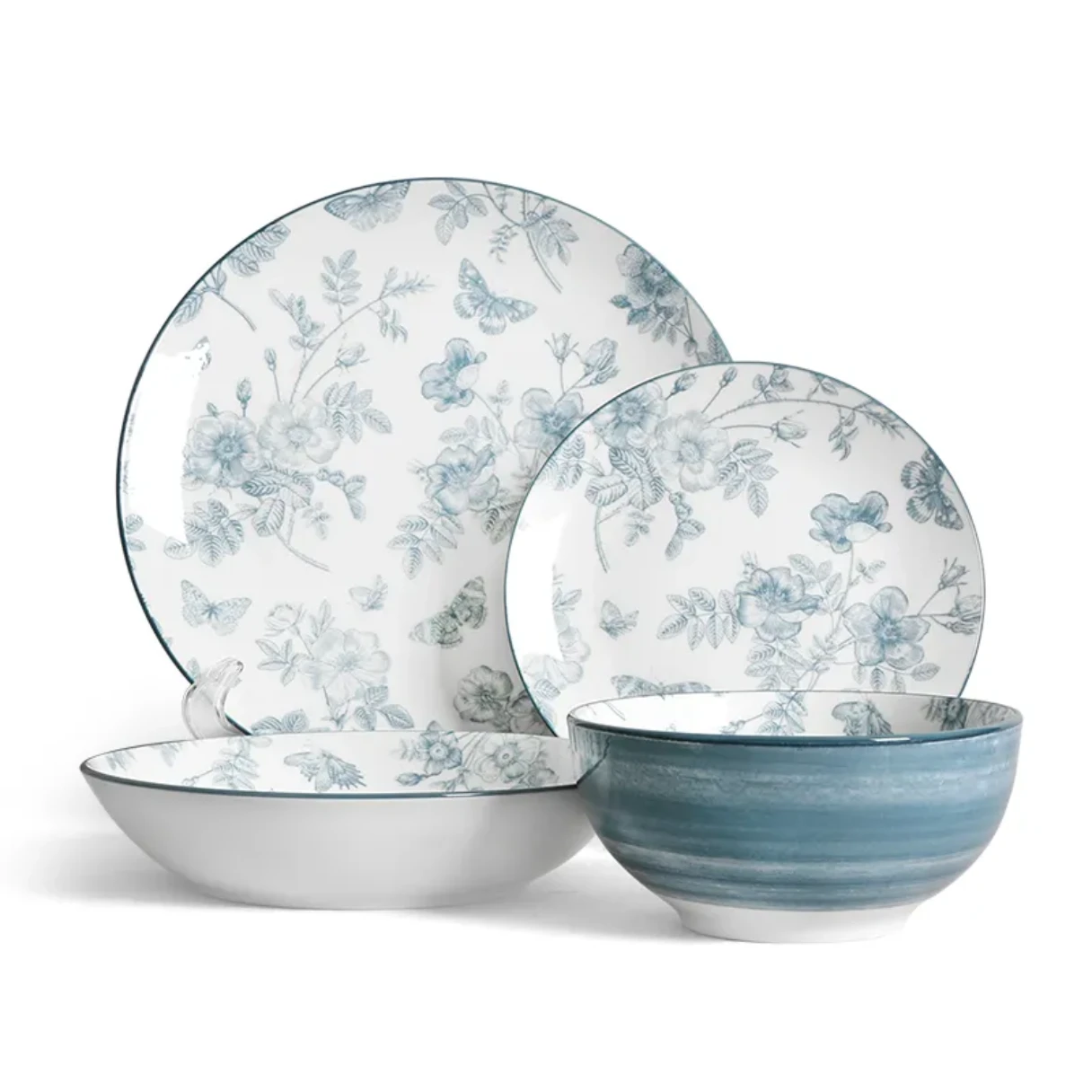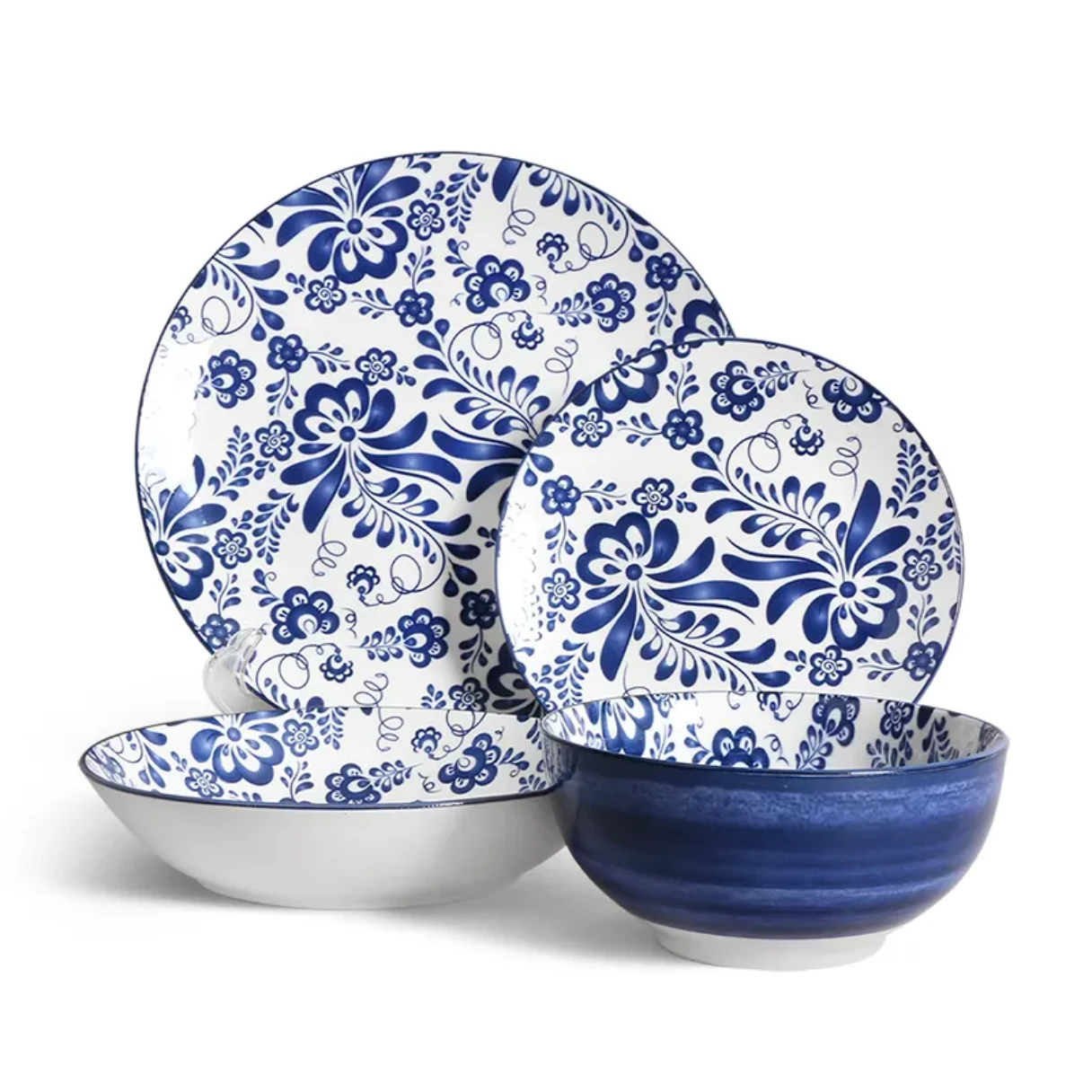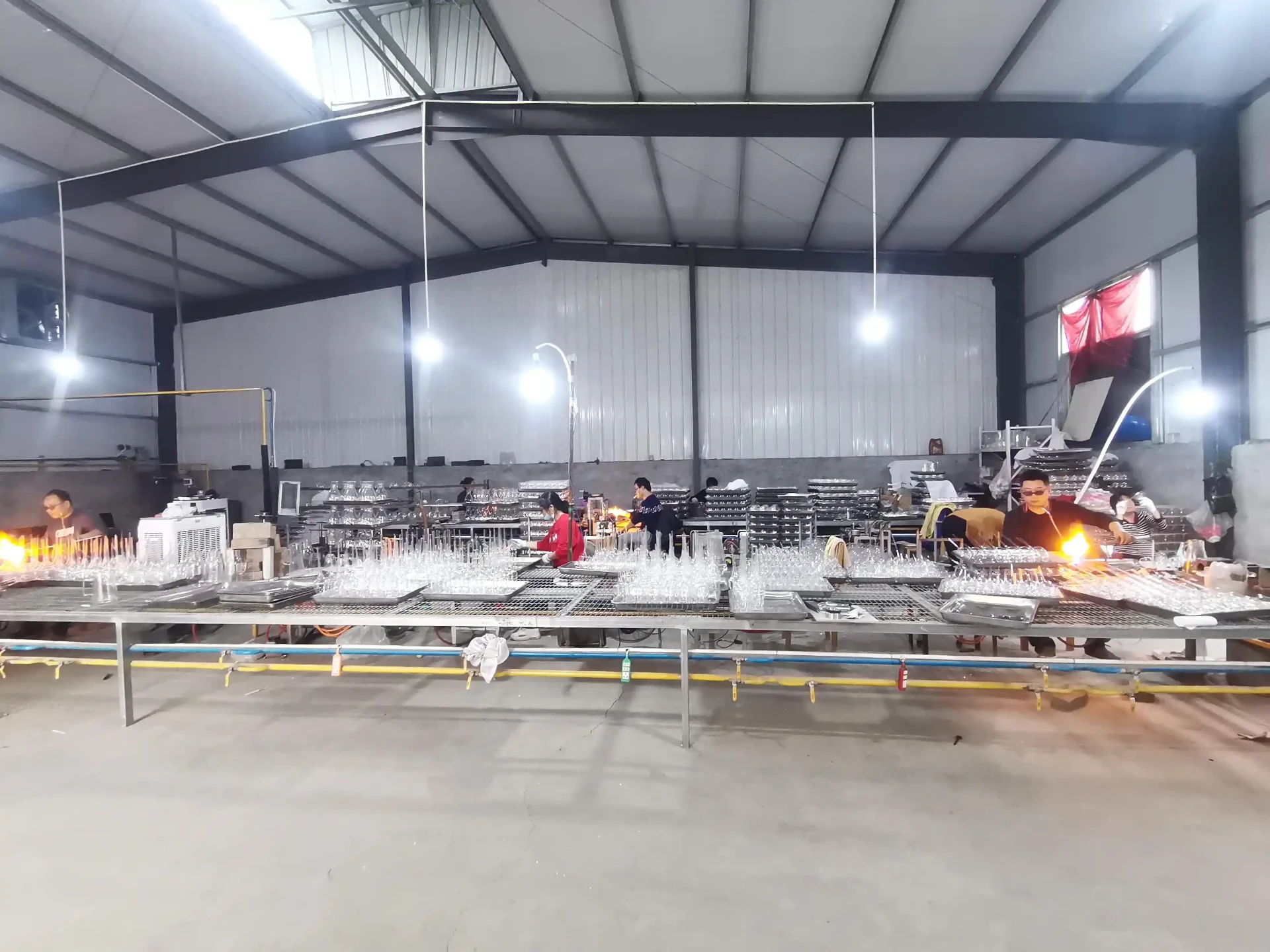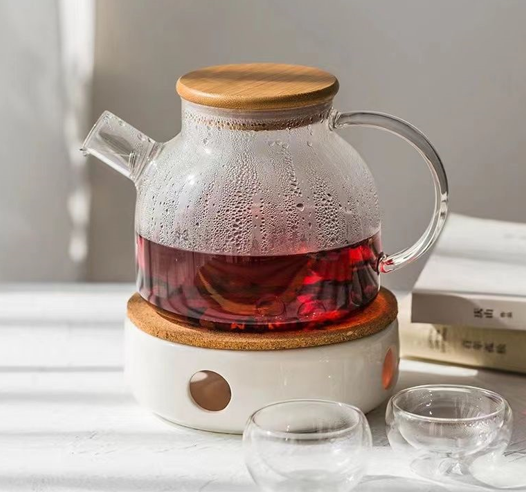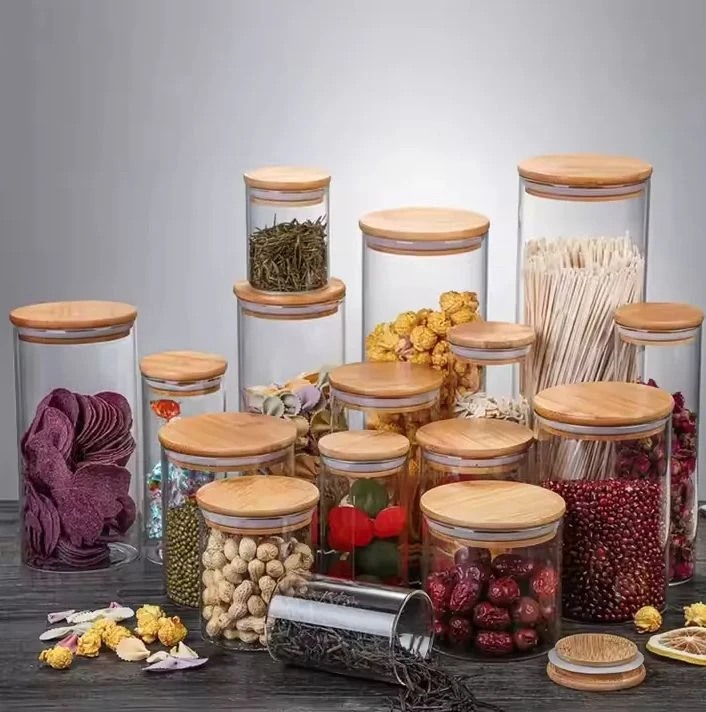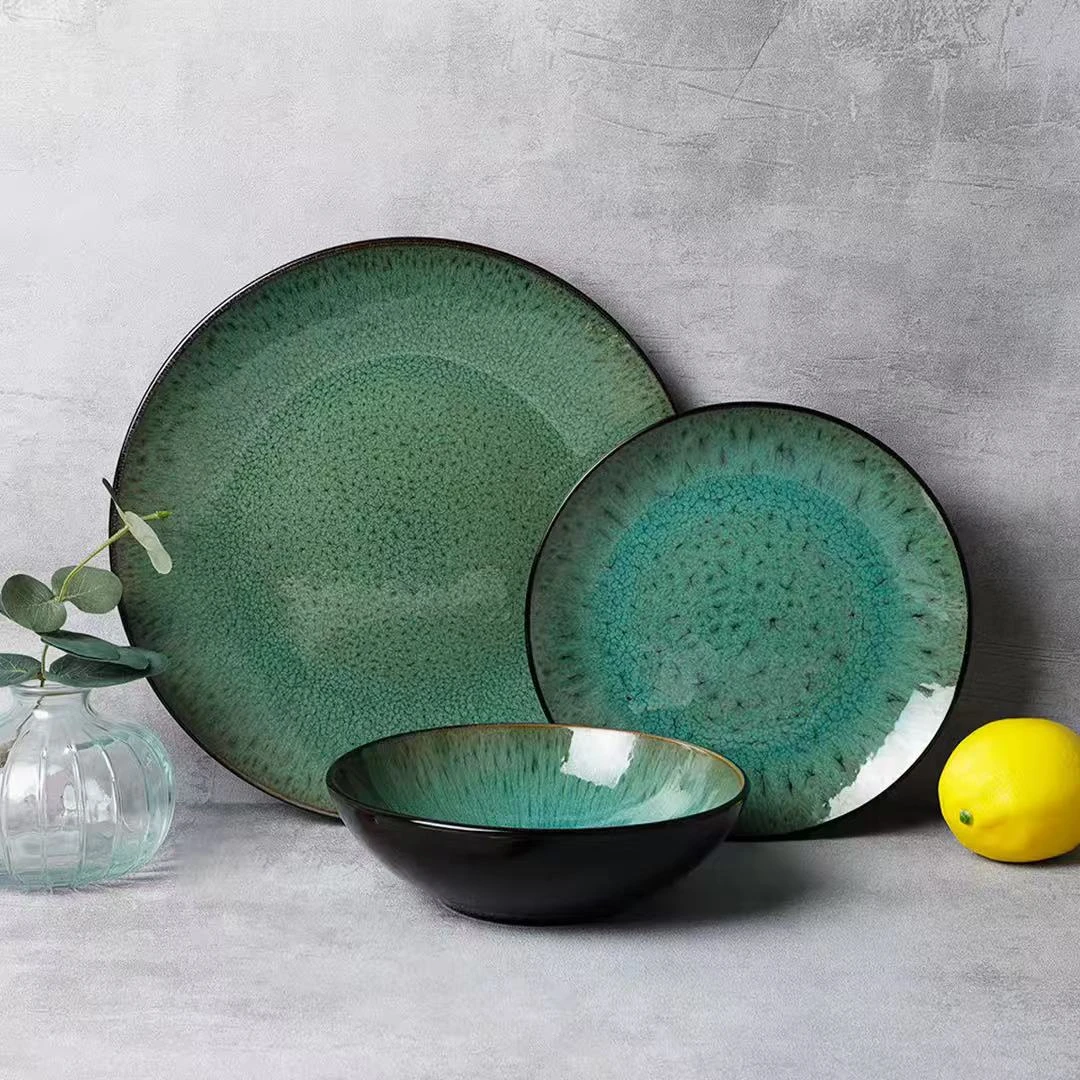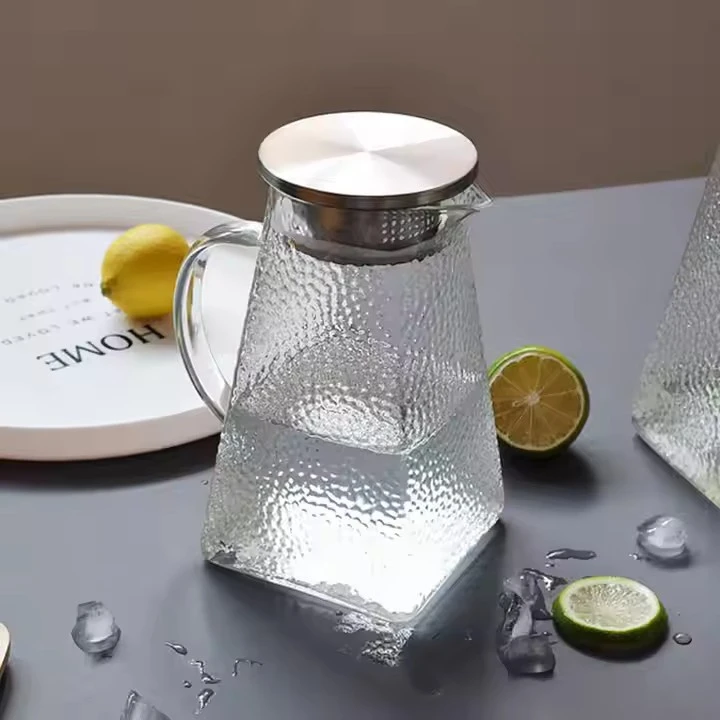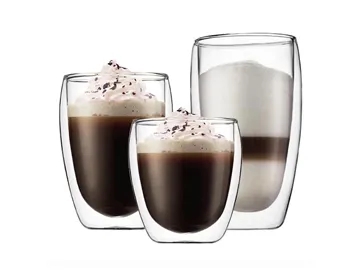Ceramic dinnerware has evolved from basic tableware to scientifically-engineered wellness products. Ceramic utensils good for health have become essential for health-conscious households due to their exceptional material properties. Research from the Journal of Material Sciences confirms ceramic's superiority over plastic and metal alternatives for food safety.
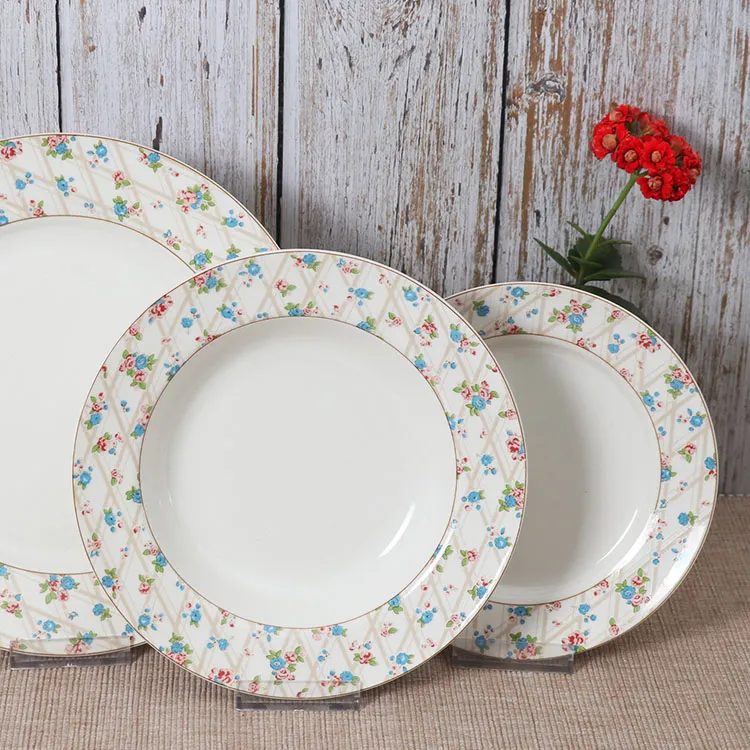
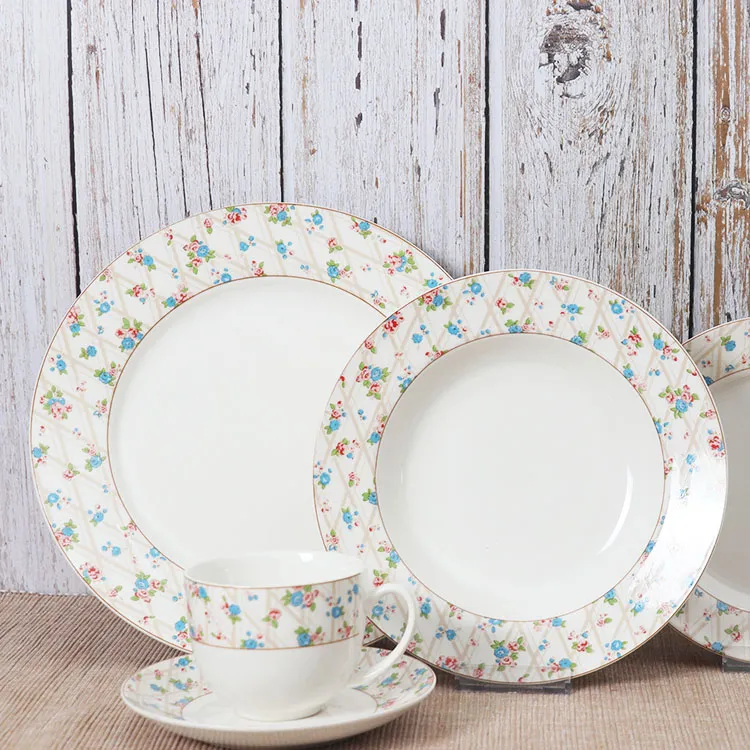
Scientific Evidence: Ceramic Utensils Advantage
| Parameter | Ceramic | Porcelain | Plastic | Stainless Steel |
|---|---|---|---|---|
| Chemical Leaching | None | Low | High (BPA) | Medium (Nickel) |
| Heat Retention | Excellent | Excellent | Poor | High |
| Microwave Safety | Yes | Yes | Variable | No |
| Antibacterial Surface | Natural | Natural | No | No |
| Durability (Years) | 10+ | 15+ | 3-5 | 20+ |
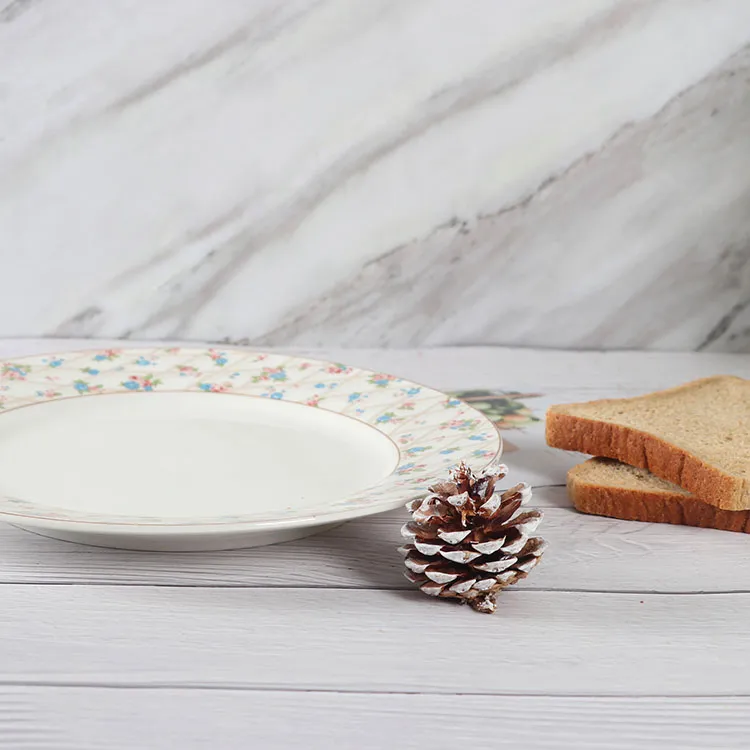
Premium Ceramic Solutions by SHIJIAZHUANG MAIXIN TRADING
After comprehensive material research, SHIJIAZHUANG MAIXIN TRADING CO.,LTD. developed our featured product: Floral Print Pattern Dinner Set. These ceramic dinner plates exemplify the perfect balance of beauty and food safety.
Why Choose Our Ceramic Utensils Good for Health:
- 100% Lead-free & Cadmium-free glazes certified by FDA
- Thermal shock resistant up to 300°C temperature differential
- Natural mineral composition inhibits bacterial growth
- Dishwasher-safe without glaze deterioration
- Vitrified surface prevents liquid absorption
Ceramic Dinnerware: Technical FAQs
What makes ceramic naturally antibacterial?
High-quality ceramics fired above 1200°C develop an ultra-dense vitreous surface with minimal porosity (less than 0.5%), preventing bacteria from adhering and multiplying. Studies in the Journal of Food Protection confirm ceramic surfaces reduce bacterial survival by 99.6% compared to plastic.
Are all ceramic glazes food-safe?
No. Only ceramic utensils good for health use lead-free and cadmium-free glazes meeting FDA standards. Our Florak Print dinnerware uses frit-based glazes with COE (Coefficient of Expansion) precisely matched to the ceramic body, ensuring no cracking or leaching.
What's the optimal thickness for ceramic dinner plates?
Ideal plate thickness ranges from 4-6mm. Thinner plates compromise durability while thicker versions increase thermal mass unnecessarily. Our dinner ceramic plates maintain precise 5mm thickness throughout.
How do compartment plates aid healthy eating?
Ceramic compartment dinner plates with divided sections support portion control recommended by nutritionists. The physical barriers prevent food mixing, maintaining flavors while visually defining appropriate protein, vegetable and carbohydrate ratios.
What ASTM standards apply to ceramic dinnerware?
Key standards include ASTM C738 for lead/cadmium leaching limits and ASTM C1248 for thermal shock resistance. Our products exceed minimum requirements with leaching levels 85% below permitted thresholds.
How should ceramic plates be maintained?
Despite dishwasher safety, handwashing with pH-neutral detergents extends glaze luster. Avoid sudden temperature changes exceeding 150°C differential. For stains, baking soda paste effectively cleans without abrasion damage.
Can ceramic plates be used in conventional ovens?
Oven-safe ceramics withstand temperatures up to 350°C. Our products feature α-Al₂O₃ (alumina) reinforcements enabling direct oven-to-table service. However, microwave use requires absence of metallic decorations.
Premium Ceramic Solutions Provider
SHIJIAZHUANG MAIXIN TRADING CO.,LTD. specializes in FDA-certified healthy dinnerware solutions. Our technical expertise ensures optimal material science application in every product.
Explore our complete catalog or contact our specialists:
- Phone: +8618632192029
- Mobile: +8618533116968
- Email: kelly@maixin-kitchenware.com
- Address: NO.425 XINSHI NORTH STREET, SHIJIAZHUANG, HEBEI, CHINA
Academic & Industry References
- Material Safety Research: "Ceramic Glaze Leaching Behavior in Food Applications", Journal of Materials Science (DOI: 10.1007/s10853-022-07488-y)
- Food Safety Standards: FDA Title 21 CFR Part 109 (Indirect Food Additives)
- Comparative Study: "Bacterial Adhesion on Food Contact Surfaces", Food Protection Trends (2022)
- Consumer Guidance: Ceramic Arts Network - Technical Resource Center
Previous
This is the first article